The highly infectious bird flu, also known as avian influenza H5N1, primarily spreads among birds. However, there have been rare cases of infection to humans. According to the Centers for Disease Control and Prevention, two human cases of H5N1 have…

news, journals and articles from all over the world.

The highly infectious bird flu, also known as avian influenza H5N1, primarily spreads among birds. However, there have been rare cases of infection to humans. According to the Centers for Disease Control and Prevention, two human cases of H5N1 have…
As the Measles outbreak continues to grow in Florida, Francesca Torriani, MD, infectious disease specialist with UC San Diego Health is available to discuss symptoms to look out for, when to seek medical care, and the importance of vaccination. Biography…
As Canada’s flu season collides with record strep A cases and ongoing COVID-19 concerns, a new study is shedding light on our understanding of respiratory immune responses
Around 240,000 children worldwide die of tuberculosis every year. The disease is among the top ten causes of death in children under the age of five.
Tuberculosis is old—ancient even. The infectious bacterial disease that plagued Old Testament Israelites and took down pharaohs was eventually stunted by vaccinations, antibiotics, and public health measures like isolation, but it hasn’t been cured yet. More than a million people around the world still die from TB every year.
Even low levels of alcohol use can increase the likelihood of developing diseases like cancer and heart disease. A systematic review of studies of the relationship between alcohol use and risk of disease published in Alcohol: Clinical and Experimental Research found that disease risk increases as alcohol use increases and high levels of alcohol use have clear detrimental health effects. While lower-level alcohol use can be protective against certain diseases, it can have significant adverse health effects for many other diseases. The authors urge greater awareness that any level of alcohol use can increase a person’s risk of developing serious, even fatal, diseases.
In 2019, incarcerated people across the globe developed tuberculosis (TB) at nearly 10 times the rate of people in the general population, according to a new study led by Boston University School of Public Health (BUSPH).
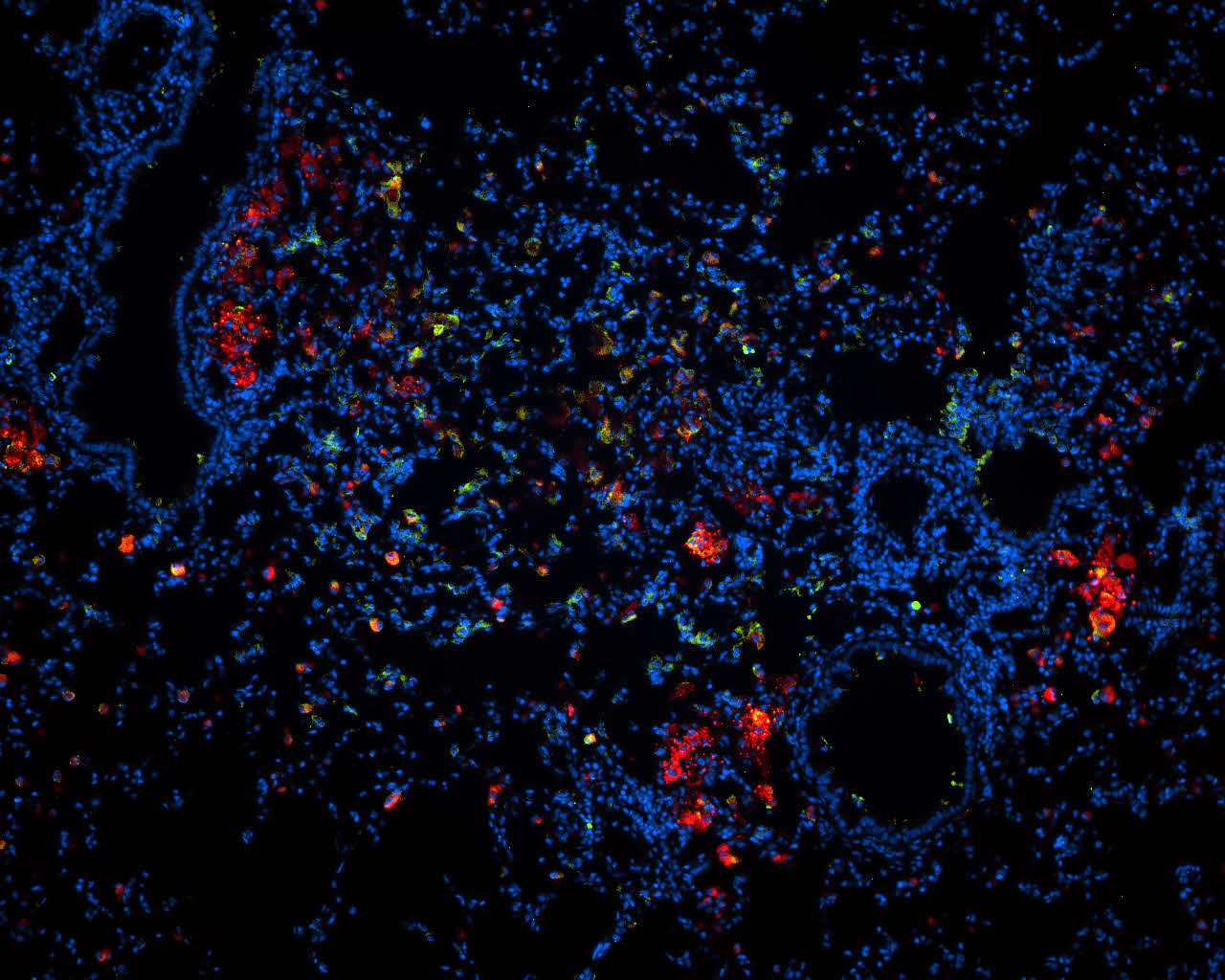
Therapy of the dangerous infectious disease of tuberculosis faces the challenge of pathogens frequently being resistant to several common antibiotics. Researchers of Karlsruhe Institute of Technology (KIT) have now developed nanoparticles to deliver new antibiotics directly to the lungs in future. Surfactants ensure that the highly fat-soluble antibiotics disperse very finely in water and can be inhaled. First tests at the Research Center Borstel, Leibniz Lung Center, reveal a high effectiveness and good compatibility of the nanocarriers of antibiotics. The researchers report in ACS Nano. (DOI: 10.1021/acsnano.3c01664)
New research from Boston Medical Center found that people living with HIV that have had pulmonary tuberculosis had broader and more potent HIV antibody responses and differences in HIV sequences predicted to be antibody resistant as compared to those without suspected or documented tuberculosis.
Rutgers New Jersey Medical School will receive $20 million over five years from the National Institute of Allergy and Infectious Diseases (NIAID), part of the National Institutes of Health, to coordinate research being conducted in eight nations on tuberculosis (TB) control and prevention.
A patient presenting with painful, swirling skin lesions, chills, and weight loss was found to be suffering from erythema gyratum repens (EGR), a rare and striking skin condition that is associated with underlying malignancy in most cases, but in some cases can stem from an autoimmune disease, messenger RNA-based vaccines against COVID-19, or in rare cases, tuberculosis (TB). The case report from authors at Stanford University is published in Annals of Internal Medicine.
A clinical trial testing a freeze-dried, temperature-stable experimental tuberculosis (TB) vaccine in healthy adults found that it was safe and stimulated both antibodies and responses from the cellular arm of the immune system.
Johns Hopkins Medicine investigators say their research indicates a new combination of drugs is needed to find an effective treatment for TB meningitis due to multidrug-resistant (MDR) strains
Sarcomas are cancer tumours found in e.g. the bones, muscles or fatty tissue. It is a rare type of cancer seen in only one per cent of cancer patients. It is complex and difficult to treat.
Research in animal models showed the potential of delivering a TB drug with one injection that lasts at least four months, in lieu of the current standard treatment requiring constant adherence to a daily drug regimen.
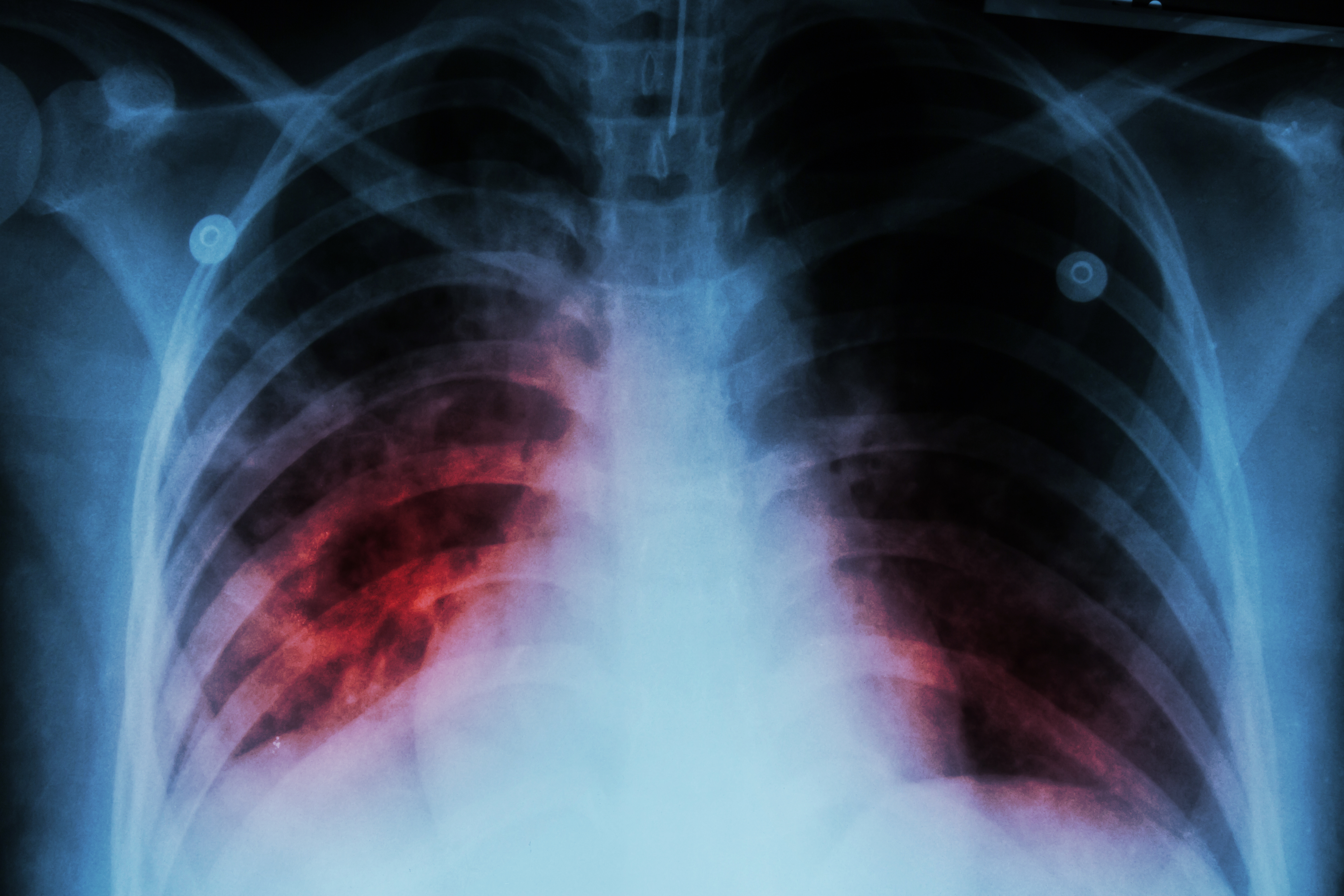
“For now, big challenges remain, but change has already come and there is cause for optimism with a healthy dose of realism,” the authors write.
Two strains of the bacterium causing tuberculosis have only minor genetic differences but attack the lungs in completely different fashion, according to Rutgers researchers.
People who are HIV positive and living in high tuberculosis-transmission regions of the world are much more likely to finish a TB-prevention regimen lasting just three months – half as long as the standard treatment, a large clinical trial in Africa has found.
Focus of the work is bolstering B-cell immunity to help body beat bacteria
University of South Australia architectural historian Dr Julie Collins says that, if history is anything to go by, the COVID-19 pandemic could have a lasting impact on how – and where – we live.
Researchers at Cornell have developed a way to analyze how individual immune cells react to the bacteria that cause tuberculosis. It could pave the way for new vaccine strategies and provide insights into fighting other infectious diseases.
The compound TA-C is metabolized by TB bacteria – weakening the germ from within like a ‘Trojan horse’ attack
Israeli scientists have demonstrated a novel means of diagnosing tuberculosis by means of a sticker patch that catches compounds released by the skin. Using an artificial intelligence (AI) analysis of these compounds, the scientists were able to provide a quick, non-invasive diagnosis.
A comprehensive health-screening program in rural northern KwaZulu-Natal, South Africa, has found a high burden of undiagnosed or poorly controlled non-communicable diseases, according to a study published in The Lancet Global Health.
La lucha mundial contra la tuberculosis ahora cuenta con algunos instrumentos poderosos. La medicina de precisión que ya se aplica para personalizar el diagnóstico y el tratamiento de enfermedades no contagiosas, como el cáncer, junto a las tecnologías para la atención de la salud, como la telemedicina, tienen la capacidad de avanzar la prevención y el tratamiento de la tuberculosis, dice el Dr. Zelalem Temesgen, experto en enfermedades infecciosas y director médico del Centro para Tuberculosis en Mayo Clinic.
The global fight against tuberculosis is gaining some powerful tools. Precision medicine — already used to personalize diagnosis and treatment of noncommunicable diseases such as cancer — and health care technologies such as telemedicine have the potential to advance the prevention and treatment of tuberculosis, says Zelalem Temesgen, M.D., an infectious diseases expert and medical director of the Mayo Clinic Center for Tuberculosis.
The AIDS Clinical Trials Group (ACTG), the largest global HIV research network, will present four oral and 20 scientific spotlight sessions at the Conference on Retroviruses and Opportunistic Infections (CROI 2021) held virtually, March 6-10.
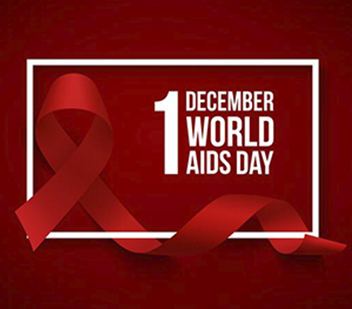
This World AIDS Day, the Forum of International Respiratory Societies (FIRS), of which the ATS is a founding member, is calling on governments, health advocates and non-government organizations to strengthen their response to AIDS and tuberculosis, and to ensure that TB services are maintained throughout their response to COVID-19.
The AIDS Clinical Trials Group (ACTG), the largest global HIV research network, has been re-funded for the next seven years by the National Institute of Allergy and Infectious Diseases (NIAID), part of the National Institutes of Health (NIH), and collaborating NIH Institutes.
New research presented at ACR Convergence, the American College of Rheumatology’s annual meeting, shows that tuberculosis (TB) screening and ongoing clinical care is needed for people on methotrexate who live in areas where the highly infectious illness is common. Methotrexate users who also take corticosteroids or other immunosuppressant therapies are at particular risk and need adequate TB screening.

The winners of National Institutes of Health’s 9th annual Design by Biomedical Undergraduate Teams (DEBUT) challenge developed simple and low-cost diagnostics and treatments for conditions such as tuberculosis, cervical cancer, birth defects, and onchocerciasis (river blindness).
• New drug regimen for multidrug-resistant tuberculosis shows early effectiveness in 85 percent of patients in a cohort including many with serious comorbidities.
• The results suggest a global need for expanded access to two recently developed medicines, bedaquiline and delamanid.
• Study cohort included many people who would have been excluded from trials because of comorbidities, severity of disease or extent of drug resistance.
• Findings highlight the importance of innovative regimens to improve outcomes for patients with multidrug-resistant tuberculosis.

Within a month following a heart attack, people are at increased risk for a second one. As a result, physicians treat these patients with medications to rapidly reduce cardiovascular risk factors for another event. Although statins are designed to reduce the risk from one underlying problem, low-density lipoprotein (LDL) or “bad” cholesterol, they often aren’t able drop it to recommended levels within 30 days. Now, testing a next-generation cholesterol-lowering drug known as a PCSK9 inhibitor, Johns Hopkins Medicine researchers showed they could lower blood cholesterol to safer levels faster when it is added to traditional therapies.
New Brunswick, N.J. (Aug. 3, 2020) – Rutgers University–New Brunswick Professor Robert E. Kopp is available to discuss a major study released today on the global consequences of climate change on death rates. The study by the Climate Impact Lab,…

A new cell profiling technology combines high throughput imaging and machine learning to provide a rapid, cost-effective way to determine how specific compounds act to destroy the bacterium that causes tuberculosis. It could speed discovery of anti-TB drugs and be applied to other pathogens.
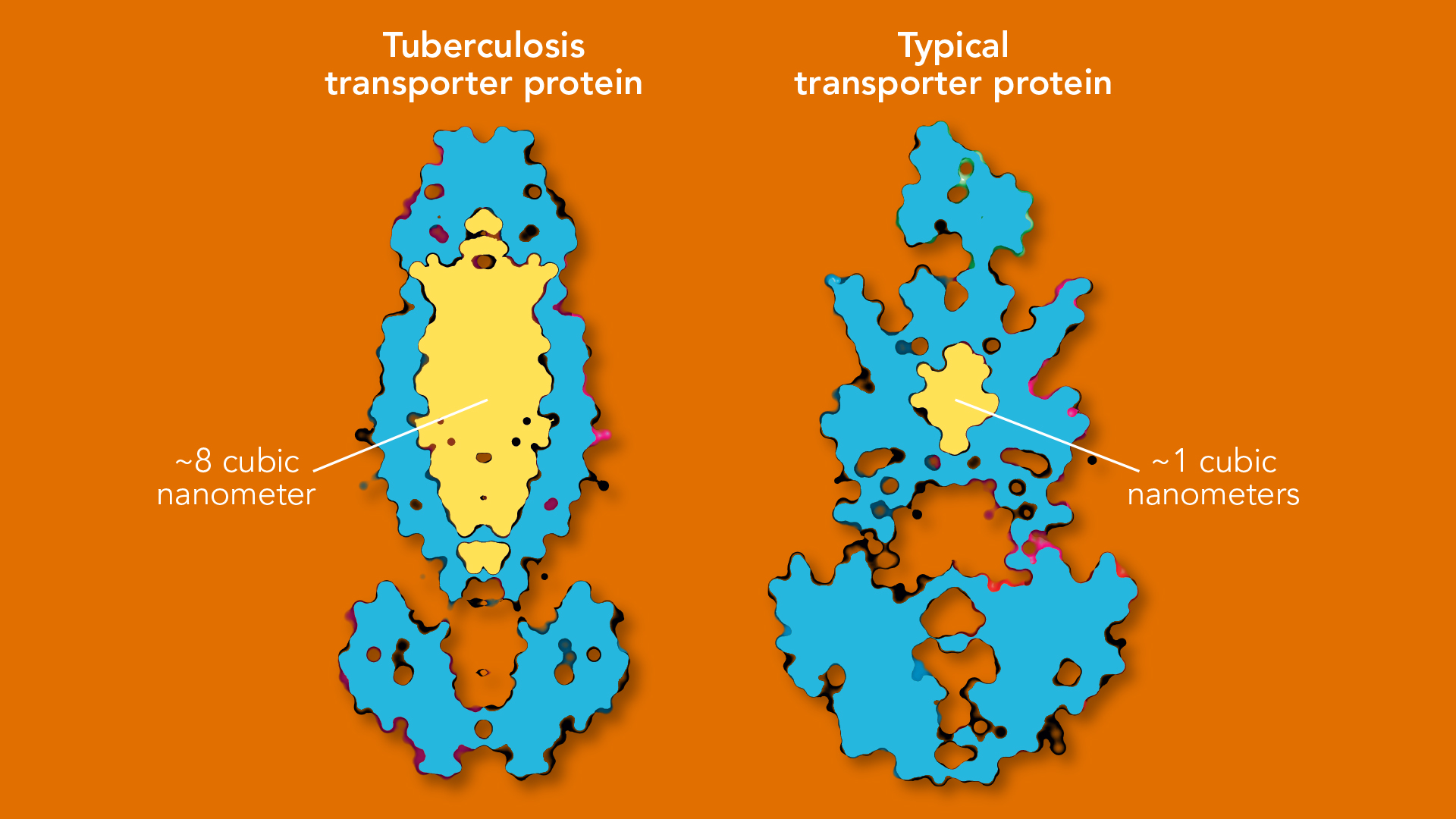
Researchers were looking into a protein that tuberculosis bacteria need to thrive, but when they finally solved its structure, they discovered a gigantic cavity that could help shuttle a variety of molecules into TB bacteria.
University of Texas System researchers have pinpointed a molecule that the tuberculosis bacterium manufactures to induce the coughing that spreads the disease by triggering a pain-receptor response. Their findings illustrate that the disease’s spread might be prevented by halting production of sulfolipid-1.
With the help of a $1.98 million award from the NIH, Wayne State University researchers are working to develop biomarker technology for identification of biomarkers of sarcoidosis, an inflammatory disease of unknown causes that affects multiple organs in the body.
Experts believe that tuberculosis, or TB, has been a scourge for humans for some 15,000 years, with the first medical documentation of the disease coming out of India around 1000 B.C.E. Today, the World Health Organization reports that TB is still the leading cause of death worldwide from a single infectious agent, responsible for some 1.5 million fatalities annually. Primary treatment for TB for the past 50 years has remained unchanged and still requires patients to take multiple drugs daily for at least six months. Successful treatment with these anti-TB drugs — taken orally or injected into the bloodstream — depends on the medications “finding their way” into pockets of TB bacteria buried deep within the lungs.
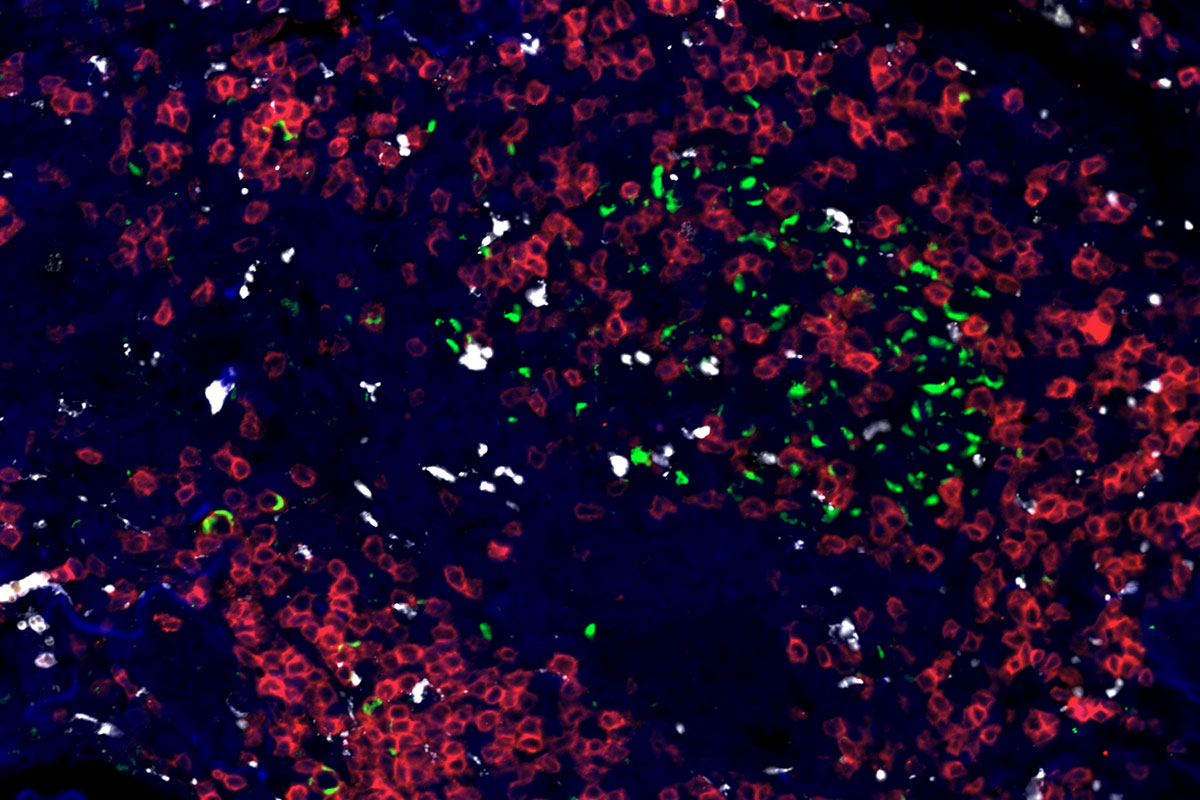
A new study led by Washington University School of Medicine in St. Louis offers a genetic road map detailing the similarities and differences in immune responses to TB across three species — mice, macaques and humans. According to the researchers, the insight into the immune pathways that are activated in diverse models of TB infection will serve as a valuable tool for scientists studying and working to eradicate the disease.

Worldwide, more people die from tuberculosis than any other infectious disease, even though the vast majority were vaccinated. The vaccine just isn’t that reliable. But a new Nature study finds that simply changing the way the vaccine is administered could dramatically boost its protective power.
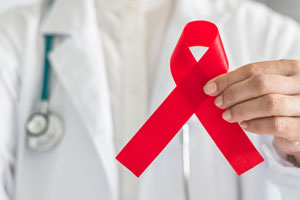
The World Health Organization has set a goal of ending the AIDS epidemic by 2030.

Seattle Children’s Research Institute is one of three recipients of $30 million in first-year-funding provided by the National Institute of Allergy and Infectious Diseases, part of the National Institutes of Health, to establish centers for immunology research to accelerate progress in tuberculosis vaccine development.

The San Antonio Medical Foundation (SAMF) has awarded Texas Biomedical Research Institute Professor Jordi B. Torrelles, Ph.D., with a $173,000 grant to study a modified Mycobacterium bovis Bacillus Calmette et Guérin (BCG) vaccine shown to have promise for treating bladder cancer. BCG is a weakened strain of Mycobacterium bovis, a vaccine for tuberculosis.

A new analysis challenges the longstanding notion that tuberculous infection is a life-long infection that could strike at any time and cause tuberculosis
Severe underfunding, lack of access to care jeopardize at-risk populations –WHO

A team of researchers led by the University of South Australia has discovered a way to find and beat superbugs, providing a critical breakthrough against many deadly infectious diseases.
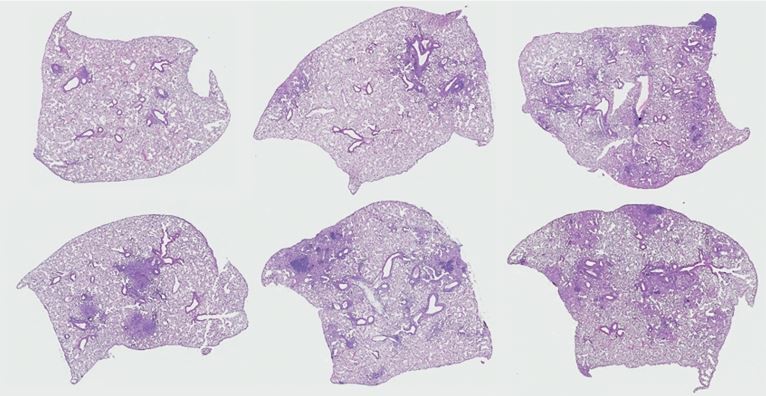
– Old lungs are not as capable as young lungs of fighting off an infection of the bacteria that causes tuberculosis (TB), placing seniors at a greater risk of developing TB. The microbe that causes this infectious disease, Mycobacterium tuberculosis (Mtb), currently kills more people in the world than any other pathogen. Texas Biomed researchers published an article in the Journal of Infectious Diseases in July 2019. The study details an experiment that took place in vitro (in the lab) and in vivo (in animals) that showed fluid in the lining of the lungs plays a big role in the elderly’s susceptibility to infection with the bacterium Mtb.
The University of Illinois at Chicago will work with TB Alliance to help find new drug treatments for tuberculosis, a bacterial infection considered to be one of the leading causes of death worldwide. TB Alliance is a nonprofit organization dedicated…